Crucifixion
Ivory, h. 26.5 cm
The history of ivory processing has very ancient roots that go back to the ancient Egyptians and that was perpetuated with evolutions and changes of style throughout the arc of art history. The charm of this material, its qualities expressed both in the processing phase and from the aesthetic point of view, as the elasticity, the brilliance of the surface and the candied immaculate color caused that the ivory spread and was demanded also in Europe and therefore exported from the producing countries, such as those of Africa and Asia. So throughout the old continent over the centuries real artisan traditions aimed at the creation of ivory products, generally small given the original size of the tusks: plates, ornaments, statuettes of small format, reliefs or at most furnishings formed by the joining of several parts. This kind of format is found in the crucifixion described here, which belongs to the German production of the seventeenth century, a period in which the manufacture of objects made of this exotic material was re-established in several cities of Germany. This new flowering, which occurred in northern Europe between the sixth and eighteenth centuries, was due to the influx of large quantities of ivory on the European market through the Dutch merchants, which allowed shops and craftsmen to produce a greater number of manufactures, which, however, met the taste and favor of the rich patrons of the Baroque era first and then Rococo.Among these are certainly the members of the courts of Bavaria, Saxony and Austria, whose favor enjoyed German craftsmen from both the southern areas, such as Augsburg and Nuremberg in Bavaria or Ulm in Baden-Württemberg, and those further north, as in Dresden, where there is an extraordinary collection at the Grünes Gewölbe museum, comparable to that of the National Museum in Munich. Several German carvers were also requested by the Italian courts, as it happened in particular at the court of Cosimo III, who called to Florence the Nuremberg Balthasar Stockhamer (1633-1700) to which belongs a group including the mourning at the foot of the Cross today preserved in the Museum of Silver, where there is a large collection of ivory sculptures, including crucifixes, made thick by German and . The theme of the crucifixion and in general of the ivory statuettes to devotional mold must have also guided the artist who made the work described here, coming from a collection of southern Germany and responding to the styles of the seventeenth century: A sinuous line, dynamic figures in the fluttering rendering of the drapes, the chiaroscuro effects of the carving, the crowding of details and the taste for ornamental details. The mastery in sculpting the figures on the curvilinear surface of the plates is also evident in the different levels of depth of the carving: more crushed at the base, more in relief in the figures around the cross and almost three-dimensional levels in the figure of Christ, that stands out vertically on the cross; the glossy surface and the soft and mixed contours, which tighten and thin in the isolated figure of the cross, ultimately describe a meticulous workmanship and craftsmanship typical of Baroque artists.


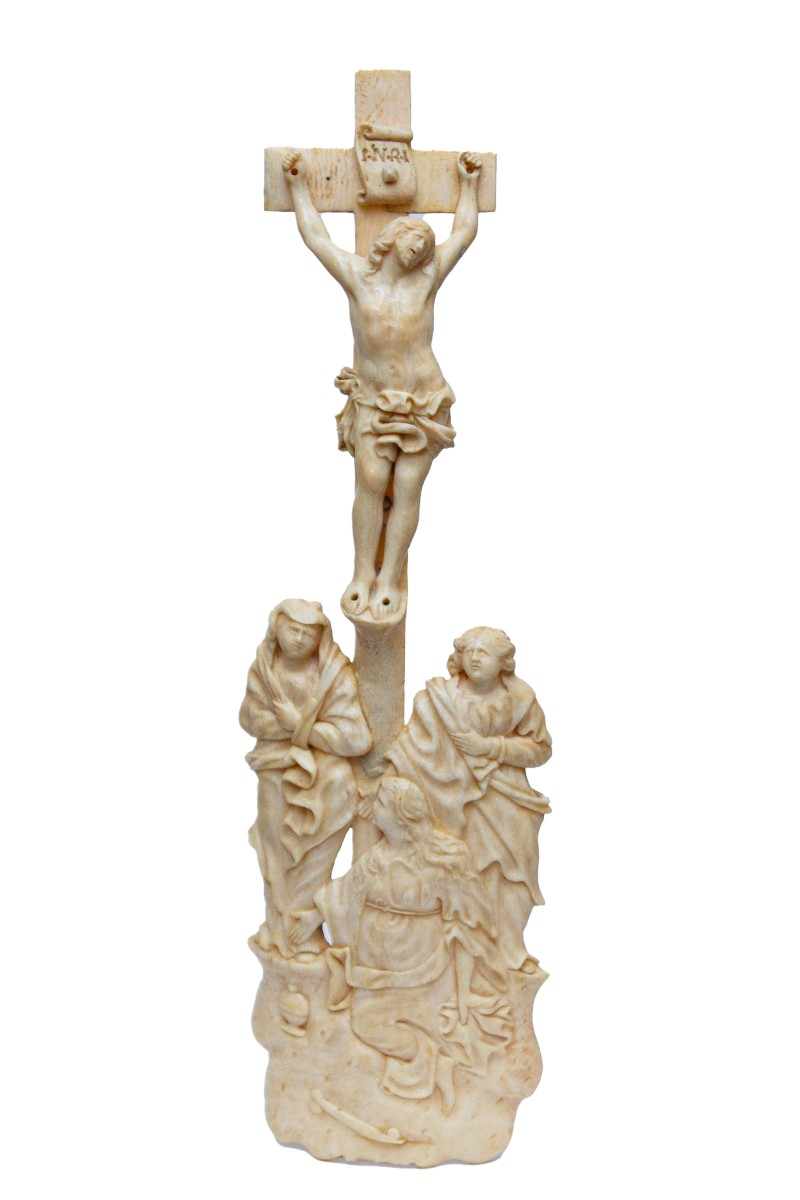



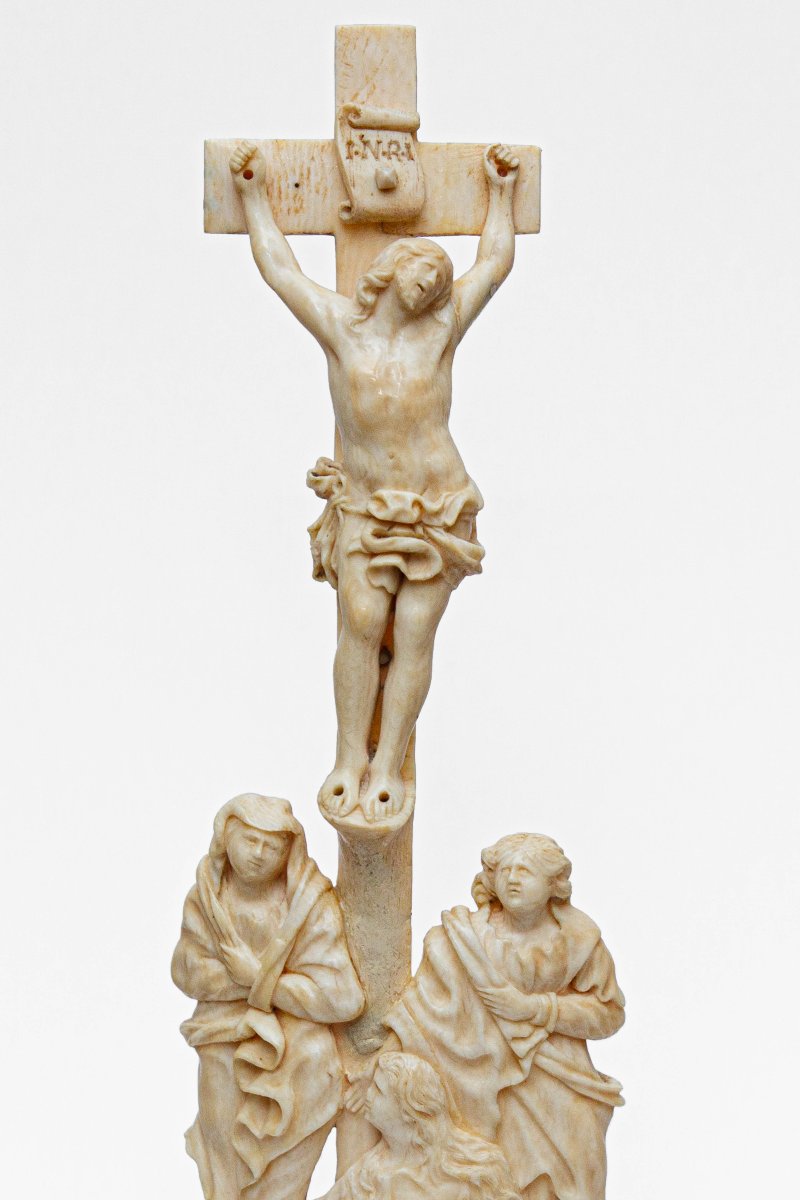
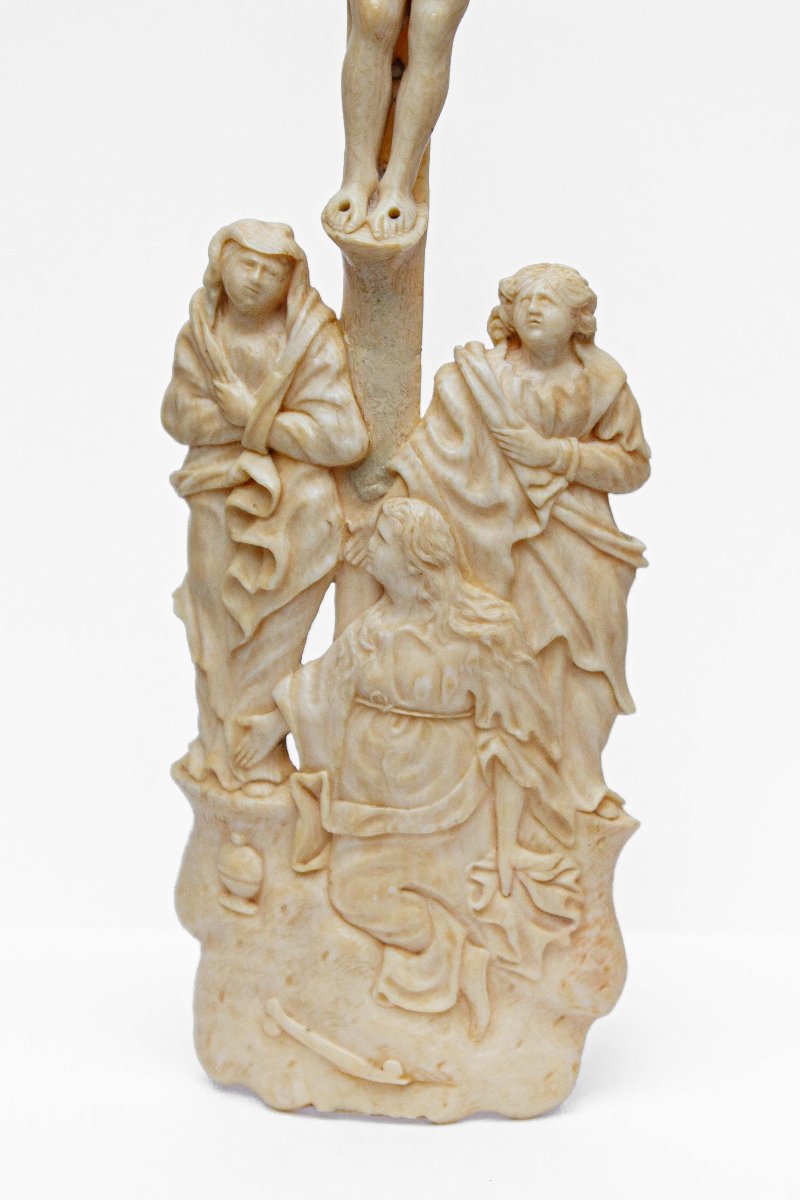














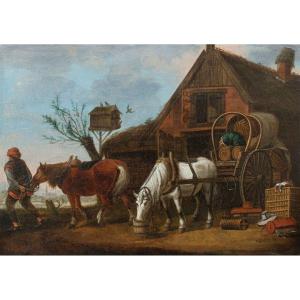








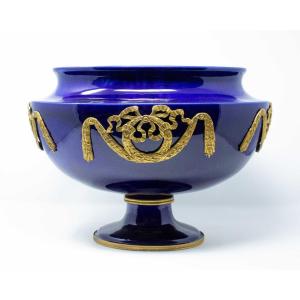


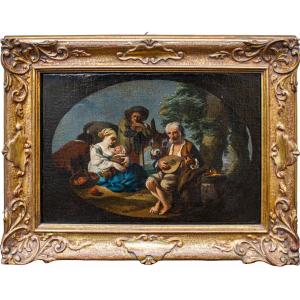





 Le Magazine de PROANTIC
Le Magazine de PROANTIC TRÉSORS Magazine
TRÉSORS Magazine Rivista Artiquariato
Rivista Artiquariato